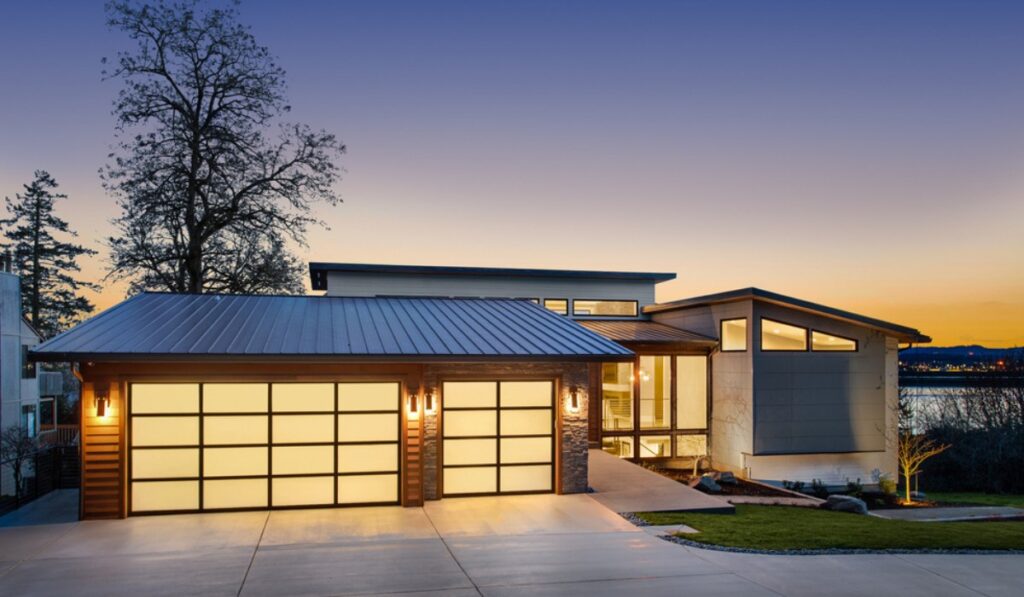If you’re a homeowner who just moved in, the last thing you’re thinking about is how long the house roof is going to last. However, some 20 years later that same issue suddenly becomes very pertinent and a bit worrisome. That’s because nothing lasts forever, and many roofs start showing potential issues after a few decades. However, there are so many different styles of roofs today, that it can be a bit confusing which one is an issue after 20 or 30 years and which one still has some life to go before calling roofers in Clifton NJ.
Make a Point Check on Your Roof
Here’s the rub of it, being aware of the condition of your roof might seem foreign, but it is one of the easiest and most powerful ways of anticipating issues with your home before they become big problems. Simply take a wide walk around your home on a good day with plenty of light and take a close look at your roof. It might even help if you use a pair of binoculars which are easy to buy at a local sports store. What you want to look for is damage, shingles or tiles falling apart, serious damage from animals like birds, or missing pieces. Even the best of roofs begin to fall apart, and gravity is a tell-tale sign as pieces break off slowly but surely. When you see damage, that’s when it’s time to get an inspection.
If your roof is closer to the ground, you can use a ladder and get a closer look but avoid walking on the tiles as they can be very brittle with age but still effective.
Understanding Roofing Material Differences
Depending on what it is made of, a roof can last anywhere from 20 to 50 years (ergo why 20 years starts the nervous tick in a homeowner that pays attention to their home’s health). Some materials don’t even last the minimum, but they were common for a period. Originally, roofs were made of wood shingles, but by the time the 1950s and 60s rolled around, petroleum-based asphalt shingles became the standard for new homes. Practically all homes built in the 1970s had them. Then came the return of clay times and concrete tiles by the 1990s. Each one has a different life span and duration, which also varies depending on the elements and local care.

Here’s what to expect by material type:
- Basic asphalt shingles – as low as 10 years and maybe 15 years at best before crumbling.
- Clay tiles – well over 50 years easy.
- Composite tiles – a good lifetime between 40 and 40 years.
- Concrete tiles – extremely durable, as long as 50 years.
- Metal sheets – amazingly short at 20 years, but with care and repainting as much as 50 years.
- Slate tiles – also robust durability at 50 years.
- Wood shakes – as long as they don’t have a fire risk, they can last as long as 40 to 50 years.
- Wood shingles – unlike their cousins, wood shingles have a shorter span just a bit over 25 years.
Now the above is under ideal conditions and based on manufacturer expectations. All of these ranges vary when the environment gets involved as well. Water is the biggest problem as it easily penetrates through cracks. Temperature compounds water, especially with cold as freezing expands and causes more damage. 20 years of being wet, freezing, pushing apart and melting will do a lot of damage.
Impact damage from hail and sleet as well as debris blown by wind can also be an aggregating risk over time. Extreme weather can’t even be considered; hurricanes and tornadoes are acts of God like earthquakes and all bets are off.
Even without the above, the sun takes a toll and dries out materials, causing them to be brittle, this shows up after a few decades as well.
Can’t Stop Time
It’s impossible to stop the progression of time and age, but you can do a lot with prevention to keep roof repair NJ-based problems from turning into big issues. Eventually a roof replacement will be needed, but hopefully, by then you may have moved to another home. If you stay, then it’s time to take on the big commitment for the next few decades.Winter Savings Event – up to 50% off





